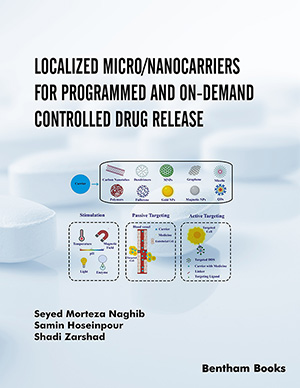Abstract
Based on initial studies with bacterial CYP101A1, a popular concept emerged predicting that substrate-induced low-to-high spin conversion of P450s is universally associated with shifts of the midpoint potential to a more positive value to maximize rates of electron transfer and metabolic turnover. However, evaluation of the plethora of observations with pro- and eukaryotic hemoproteins suggests a caveat as to generalization of this principle. Thus, some P450s are inherently high-spin, so that there is no need for a supportive substrate- triggered impulse to electron flow. With other enzymes, high-spin content is not consonant with reductive activity, and spin transition as such is not essential to sustaining substrate oxidation. Also, with certain proteins the low-spin conformer is reduced as swift as the high-spin entity. Moreover, there is not regularly a linear relationship between high-spin level and anodic shift of the reduction potential. Similarly, in given cases turnover may proceed despite insignificant or even lacking substrate-provoked alterations in the redox behaviour. Thus, folding of the disparate and sometimes conflicting data into a harmonized overall picture is a lingering problem. Apart from direct perturbation of the electrochemical properties, substrate docking may entail changes in enzyme conformation such as to favour productive complexation with redox partners or modulate electron transfer conduits within preformed donor/acceptor adducts, resulting in elevated ease of flow of reducing equivalents. Substrate-steered ordering of the oligomeric aggregation state of P450s is likely to impose steric constraints on heterodimers, causing one component to more readily align with electron carriers. Careful uncovering of electrochemical mechanisms in these systems will be fruitful to tailoring of novel bioenergetic machines and redox chains via redox-inspired protein engineering or molecular Lego, capable of generating products of interest or degrading toxic pollutants. Finally, availability of P450 nanobiochips for high-throughput screening of substrate libraries might expedite drug development.
Keywords: Cytochrome P450, substrate binding, redox potential, electron transfer, catalysis




















